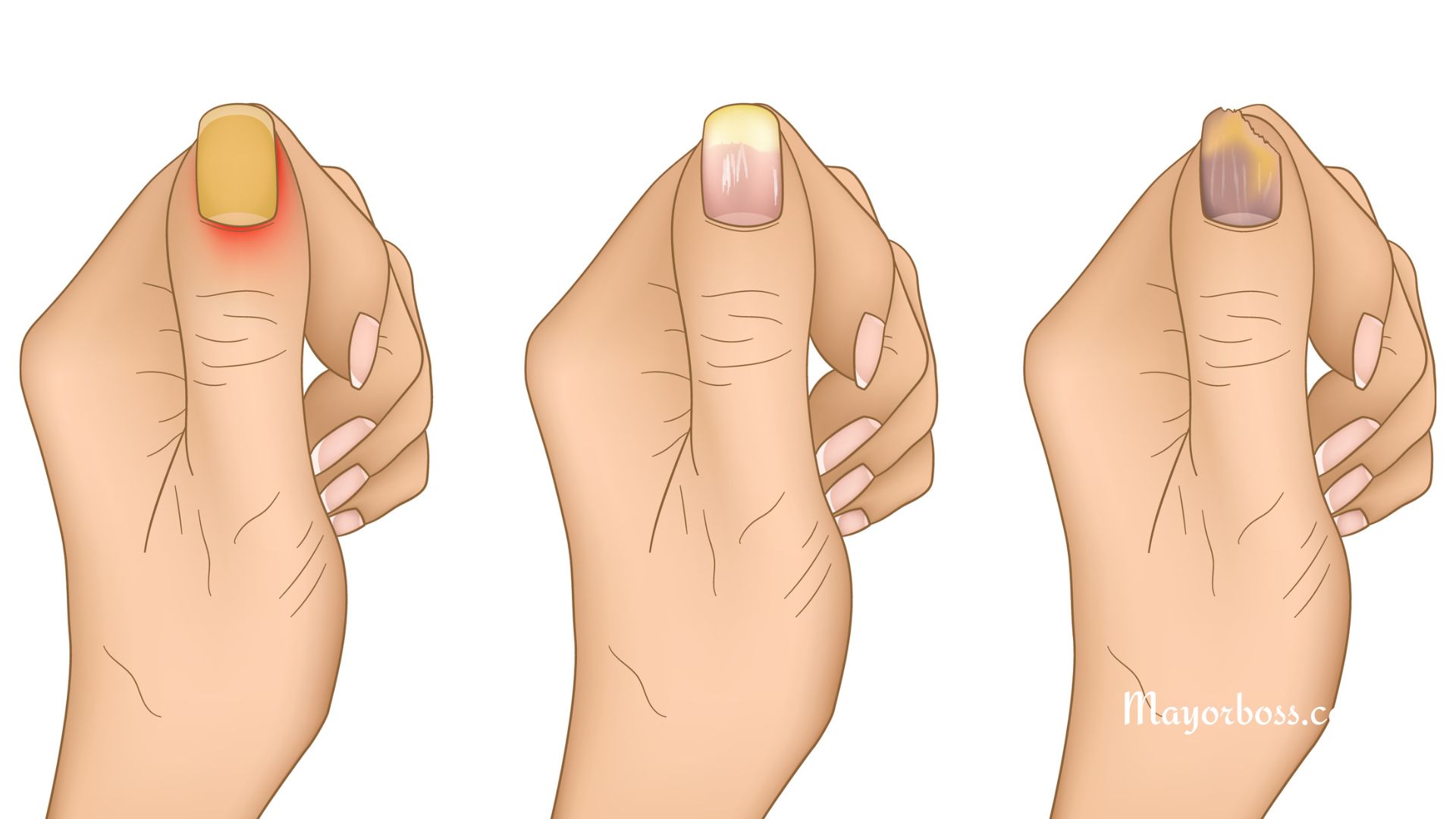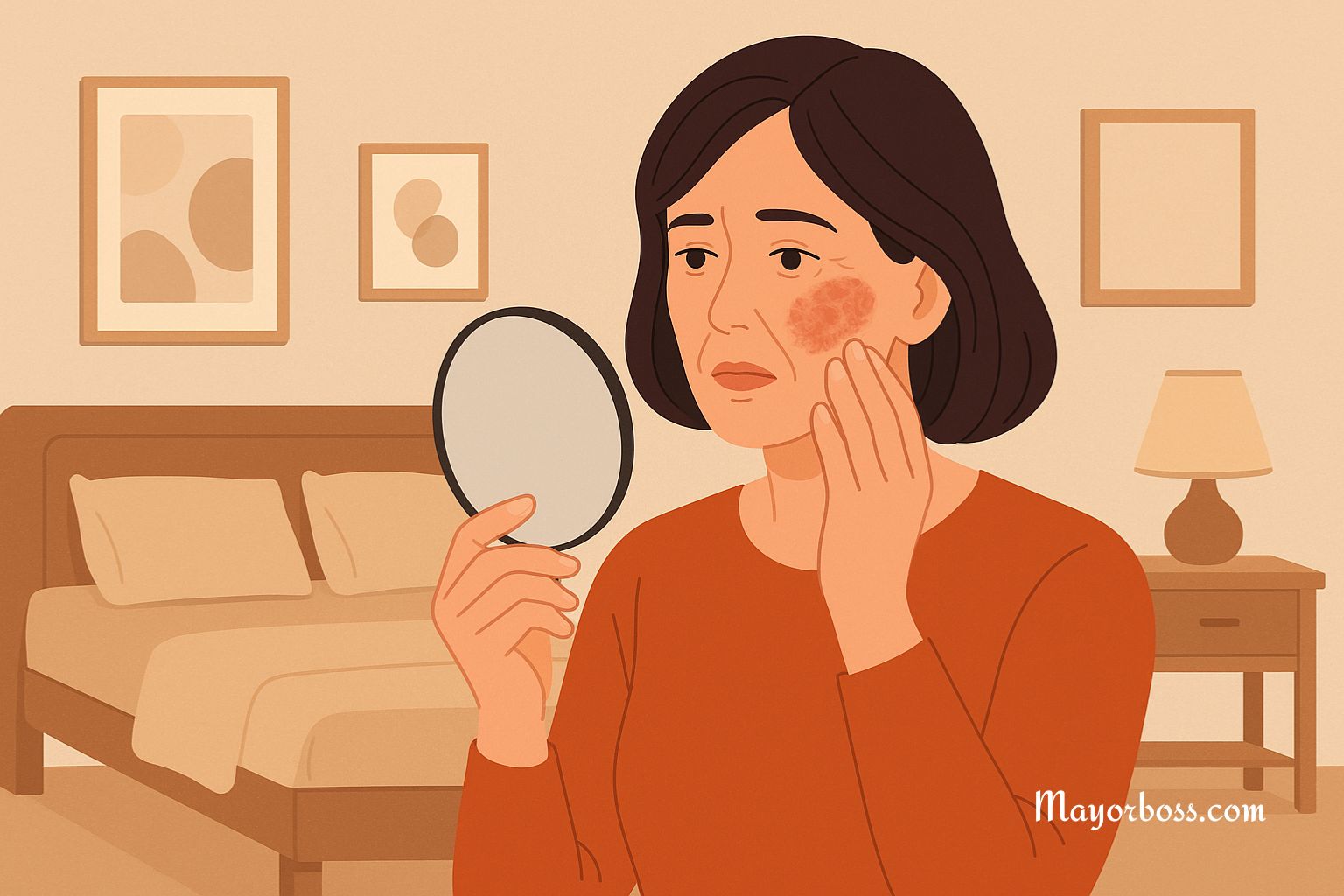Hives Symptoms: How to Tell if You Have Hives
Imagine you’re having a normal day, and out of nowhere, your skin breaks out into an itchy, burning rash. If this sounds familiar, you may be experiencing hives. But what exactly do hives look like? How do you distinguish them from other skin irritations? In this article, as Dr. Mayor Boss, Ph.D. in Pharmaceutical Sciences, I’ll help you understand hives symptoms, what they look like, and when you should seek medical attention.
How to Tell if You Have Hives
Hives, medically known as urticaria, can appear suddenly and cause considerable discomfort. They can manifest anywhere on your body, including your face, lips, tongue, throat, or ears. Here are some of the key characteristics of hives:
1. Raised, Red Bumps or Welts
One of the most distinctive signs of hives is the appearance of raised, red welts or bumps on your skin. These welts can vary in size, from as small as a pencil eraser to as large as a dinner plate. Sometimes, they may join together, creating larger patches of swelling.

2. Itchy and Burning Sensation
If you’re experiencing intense itchiness along with a burning sensation, it may be hives. This itchiness is often the first sign of a hives outbreak.
3. Shape and Location Changes
Hives have a peculiar characteristic – they can change shape and location. You might notice hives on your arms in the morning and find them on your legs in the evening. Furthermore, individual hives often fade within 24 hours, but new ones may appear elsewhere.
4. Blanched Center
When you press a hive, it may turn white or lose its color momentarily. This phenomenon, known as blanching, is another telltale sign of hives.
Severe Hives and When to Seek Medical Help
In some cases, hives can be accompanied by more serious symptoms. This condition is called angioedema, and it often affects the deeper layers of the skin, particularly around the eyes and lips, as well as the hands, feet, and genitals.
If your hives are accompanied by any of the following symptoms, seek immediate medical attention:
These could indicate a severe allergic reaction known as anaphylaxis, which can be life-threatening if not treated promptly.
Frequently Asked Questions
What Triggers Hives?
Hives are often triggered by an allergic reaction to certain substances. Common triggers include:
- Certain foods, particularly those known to cause allergies like peanuts, eggs, nuts, and shellfish
- Medications, especially antibiotics, aspirin, and ibuprofen
- Insect bites or stings
- Exposure to heat, cold, or sunlight
- Physical stimuli, such as pressure, friction, or exercise
- Certain infections, including the common cold, urinary tract infections, and strep throat
However, it’s also possible to develop hives without a clear trigger, which can make them more difficult to manage.
Are Hives Contagious?
No, hives are not contagious. They are a response by your body to certain triggers rather than an infection caused by bacteria or viruses. You cannot catch hives from someone else, nor can you pass them on.
How Long Do Hives Last?
Individual hives can last anywhere from a few hours to a day before fading. However, new hives can appear as old ones fade, which can make it seem like the hives are lasting longer. In most cases, a hives outbreak will not last longer than six weeks. If your hives persist beyond this point, you may have chronic hives, and you should consult with a healthcare provider.
Remember, while hives are usually harmless and fade on their own, if they are persistent, recur frequently, or are accompanied by severe symptoms, it’s best to seek medical attention.
Further Reading: 10 Ways To Get Rid of Hives Fast






